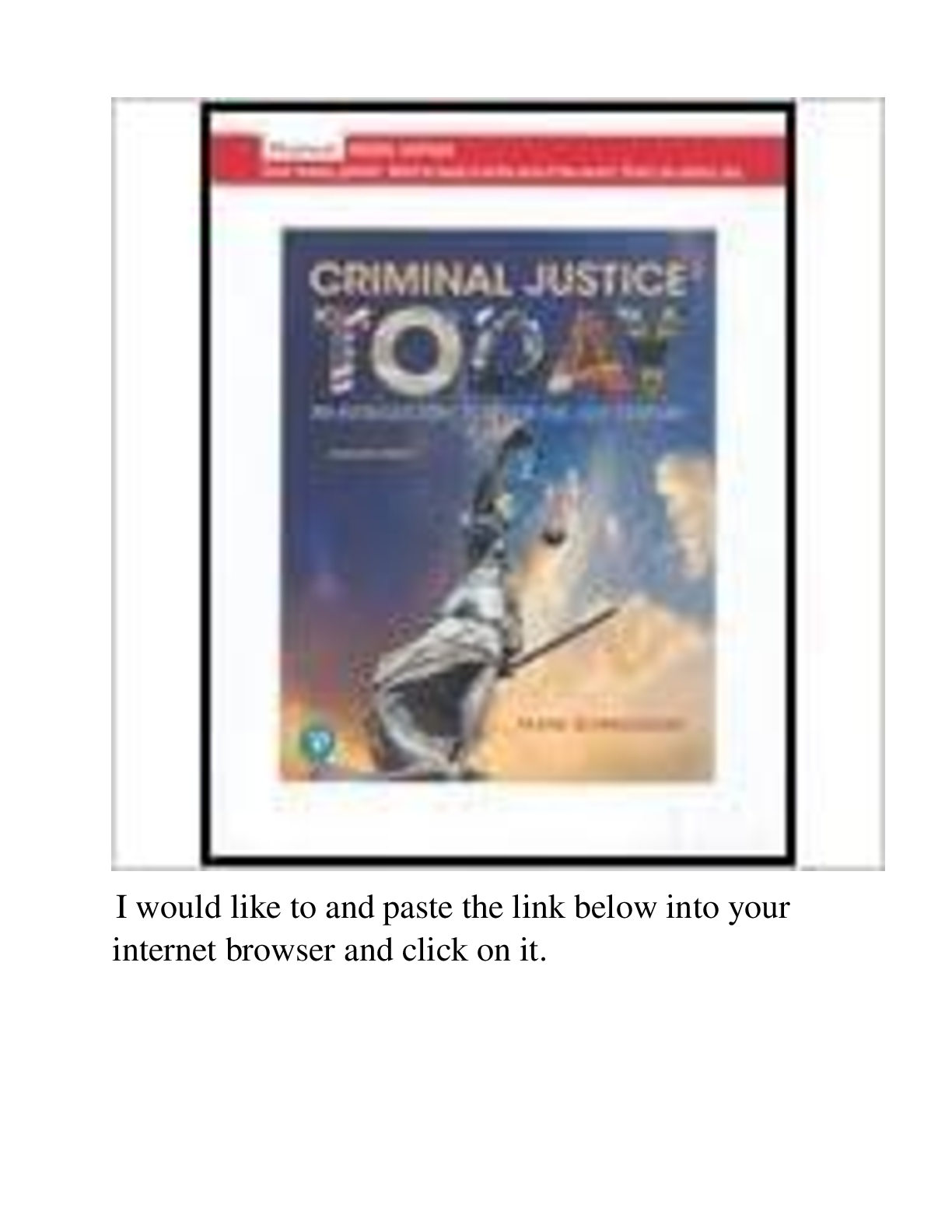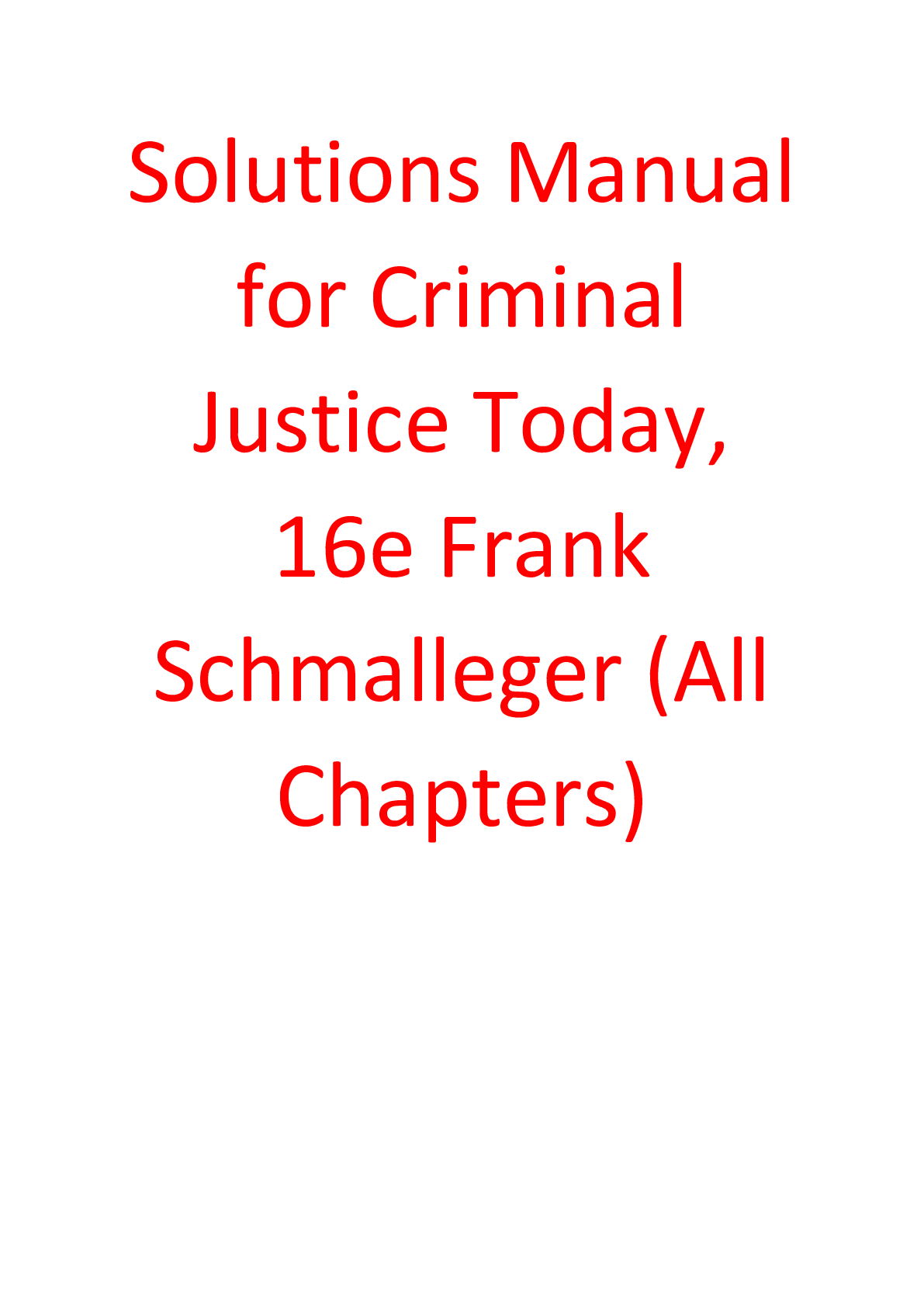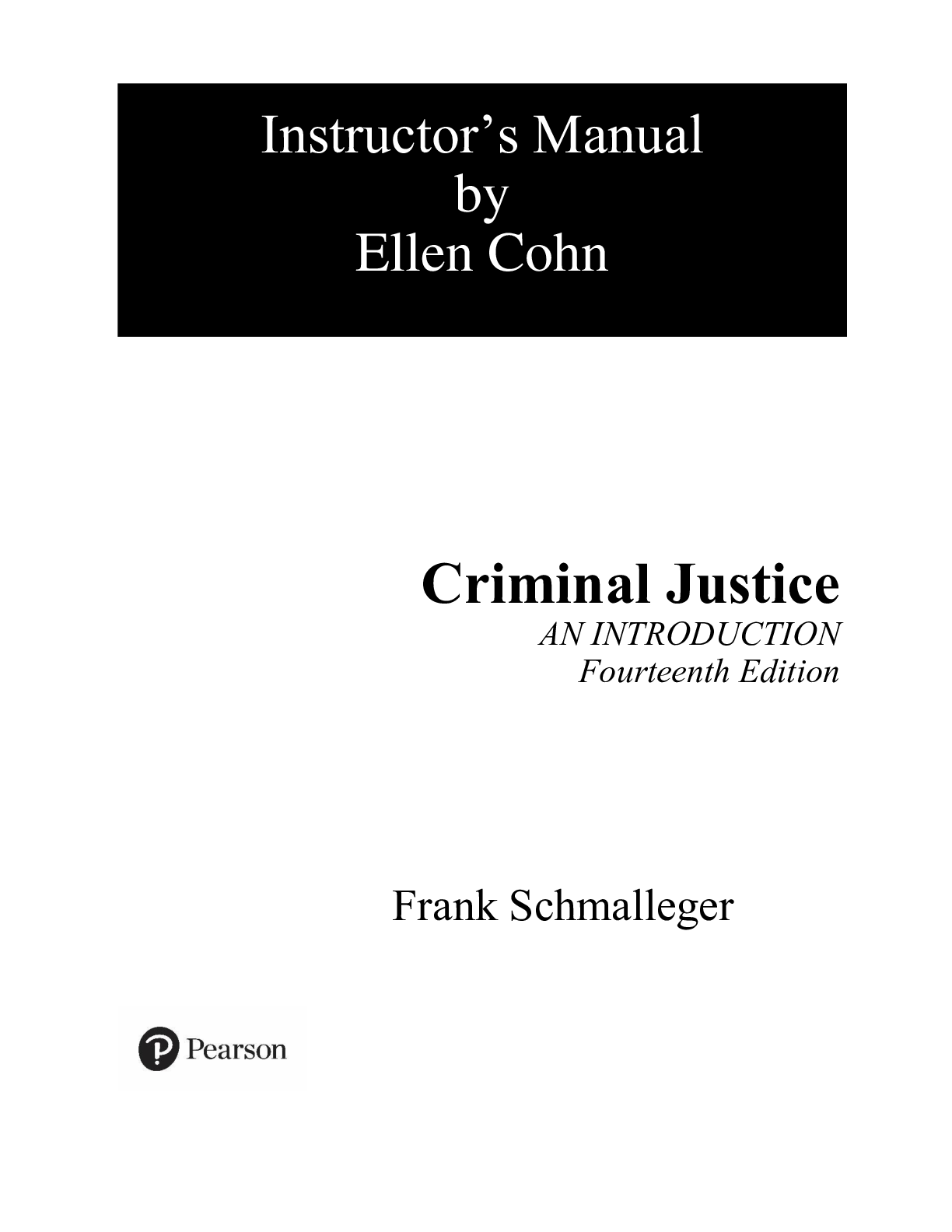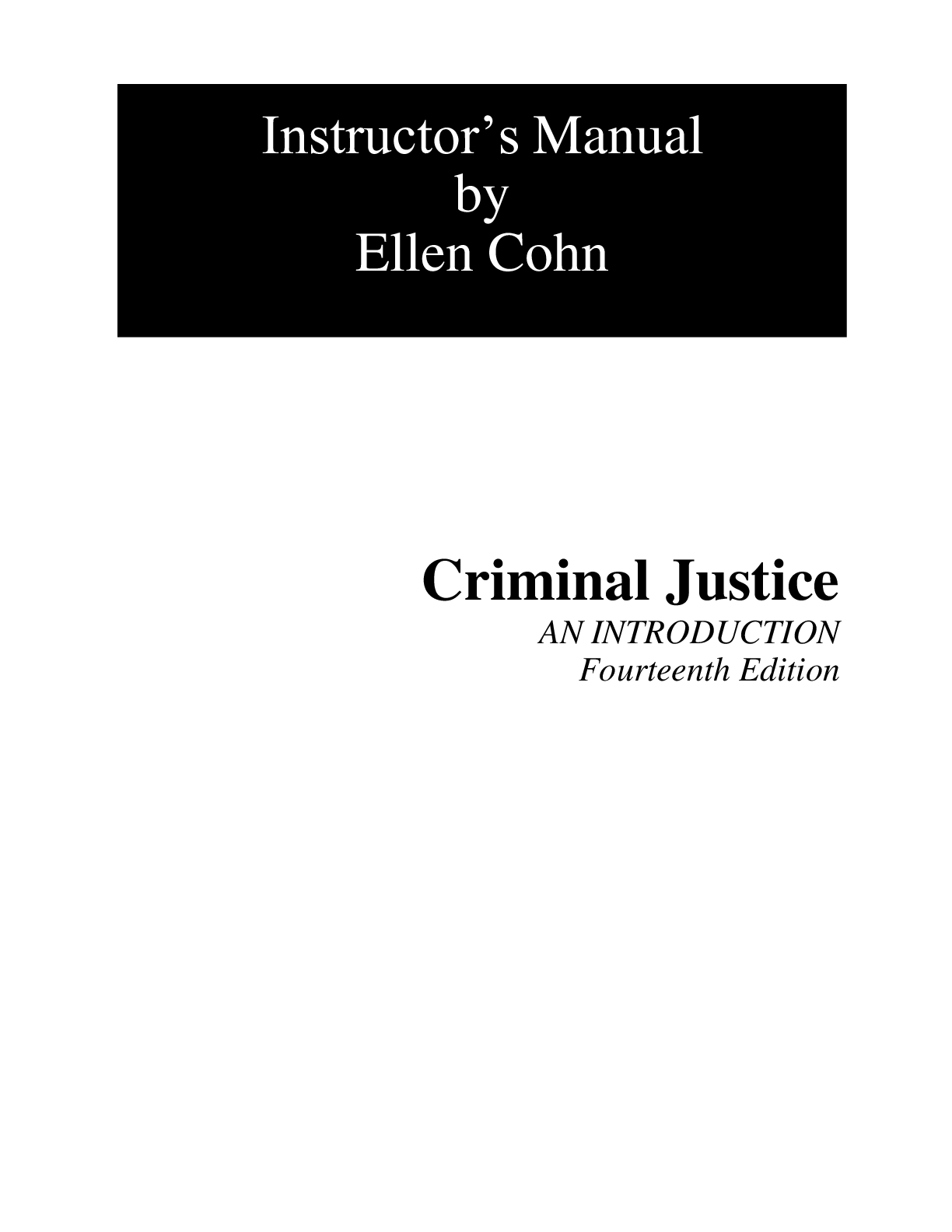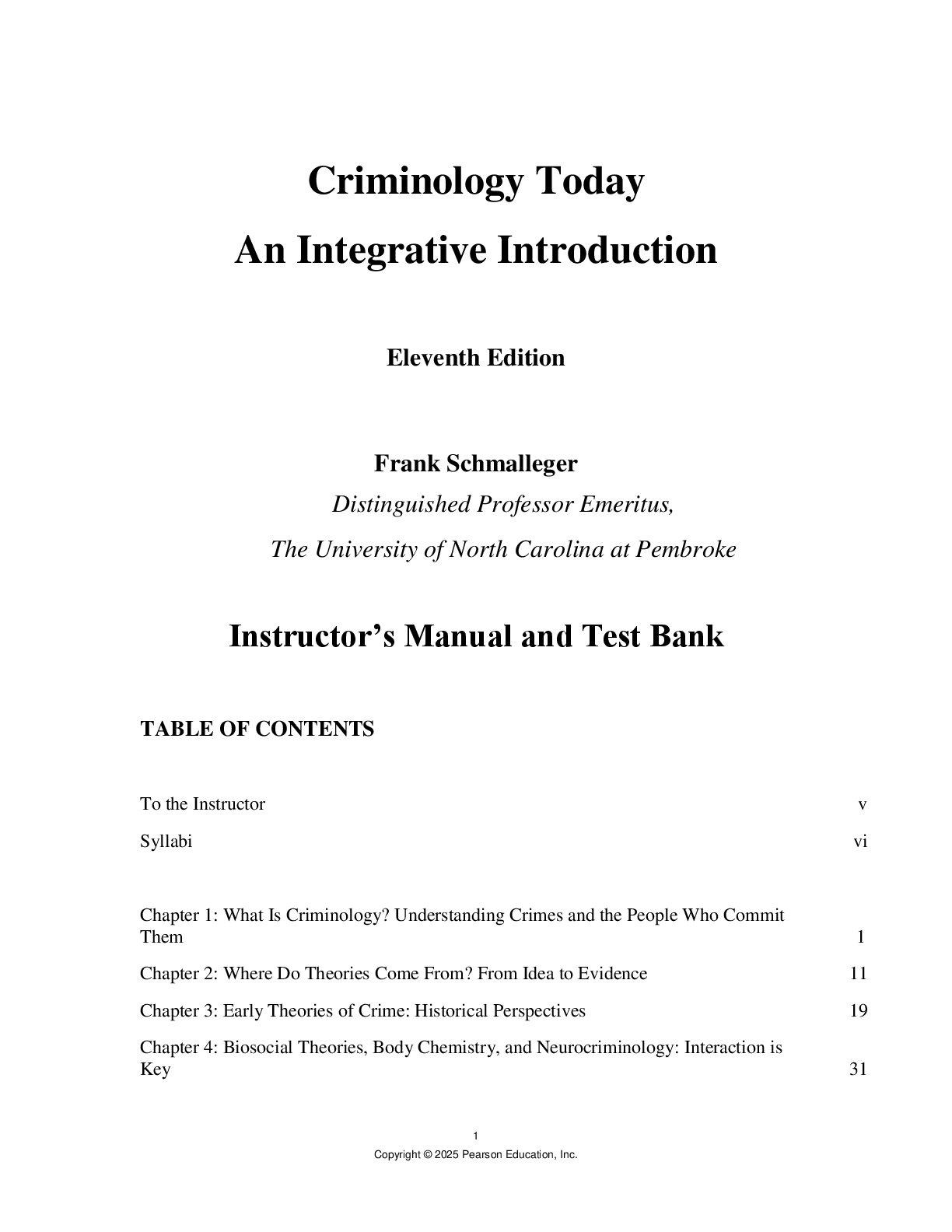Criminal Justice > SOLUTIONS MANUAL > Criminal Justice Today 16th Edition By Frank Schmalleger Solutions Manual (All)
Criminal Justice Today 16th Edition By Frank Schmalleger Solutions Manual
Document Content and Description Below
Chapter 1 What Is Criminal Justice? CHAPTER OVERVIEW Chapter 1 introduces the subject of criminal justice. It describes the major theme of the book and discusses whether the criminal justice p... rocess actually functions as a “system”. It then provides an overview of the criminal justice process and the textbook as a whole. Finally, it discusses multiculturalism and diversity and the unique challenges and opportunities they present for the criminal justice system. The major theme of the book, individual rights versus public order, is a primary determinant of the nature of contemporary criminal justice. Individual rights advocates focus on protecting personal freedoms and civil rights within our society while public order advocates suggest that under certain circumstances involving criminal threats to public safety, the interests of society should take precedence over individual rights. Individual rights and community interests are delicately balanced in our criminal justice system. Attempts to expand individual rights affect community interests; conversely, as community interests have expanded more recently, individual rights have been limited. Balancing these competing interests revolves around individual conceptions of social justice. The criminal justice system includes a number of component agencies: police, courts, and corrections. However, whether it functions as a “system” has been called into question. The consensus model supports the system view, arguing that there is a high level of cooperation among agencies and individuals in the system, and that the components of the system operate without conflict. Conversely, the conflict model of criminal justice views the operation of these components from a different perspective, arguing that the goals of individual agencies differ and various external pressures fragment their efforts, leading to a criminal justice “nonsystem.” Both models have value in helping us understand the operation of the criminal justice system. Although the agencies of justice have a diversity of functions, they are linked closely enough for the term system to be applied. However, their sheer size makes effective inter-agency cooperation difficult. The author provides an overview of the book and introduces the stages in the justice process. In general, the criminal justice process begins with the police who are responsible for conducting an investigation, making an arrest if probable cause can be established, and booking the suspect. Pretrial activities begin with the first appearance, where the suspect is brought before a judge and may have the opportunity for bail. A preliminary hearing will then be conducted to determine whether there is probable cause and whether the criminal justice process should continue. In some states, the prosecutor may then seek to continue the case by filing an information with the court; in others, an indictment must be returned by a grand jury before prosecution can proceed. The suspect then goes to arraignment and is asked to enter a plea. If the defendant does not plead guilty, a trial will be held. After conviction, the judge imposes punishment in the form of a sentence, after which the corrections stage begins. As required by the U.S. Constitution, criminal justice case processing must be conducted with fairness and equity, also known as due process. Due process underlies the Bill of Rights; the guarantees in the Bill of Rights has been interpreted and clarified by the Supreme Court. Court decisions provide rights in practice and often carry as much weight as legislative action. The two models of justice are also discussed. The crime-control model values efficiency while the due process model emphasizes individual rights. While these goals appear opposing, it [Show More]
Last updated: 8 months ago
Preview 1 out of 201 pages
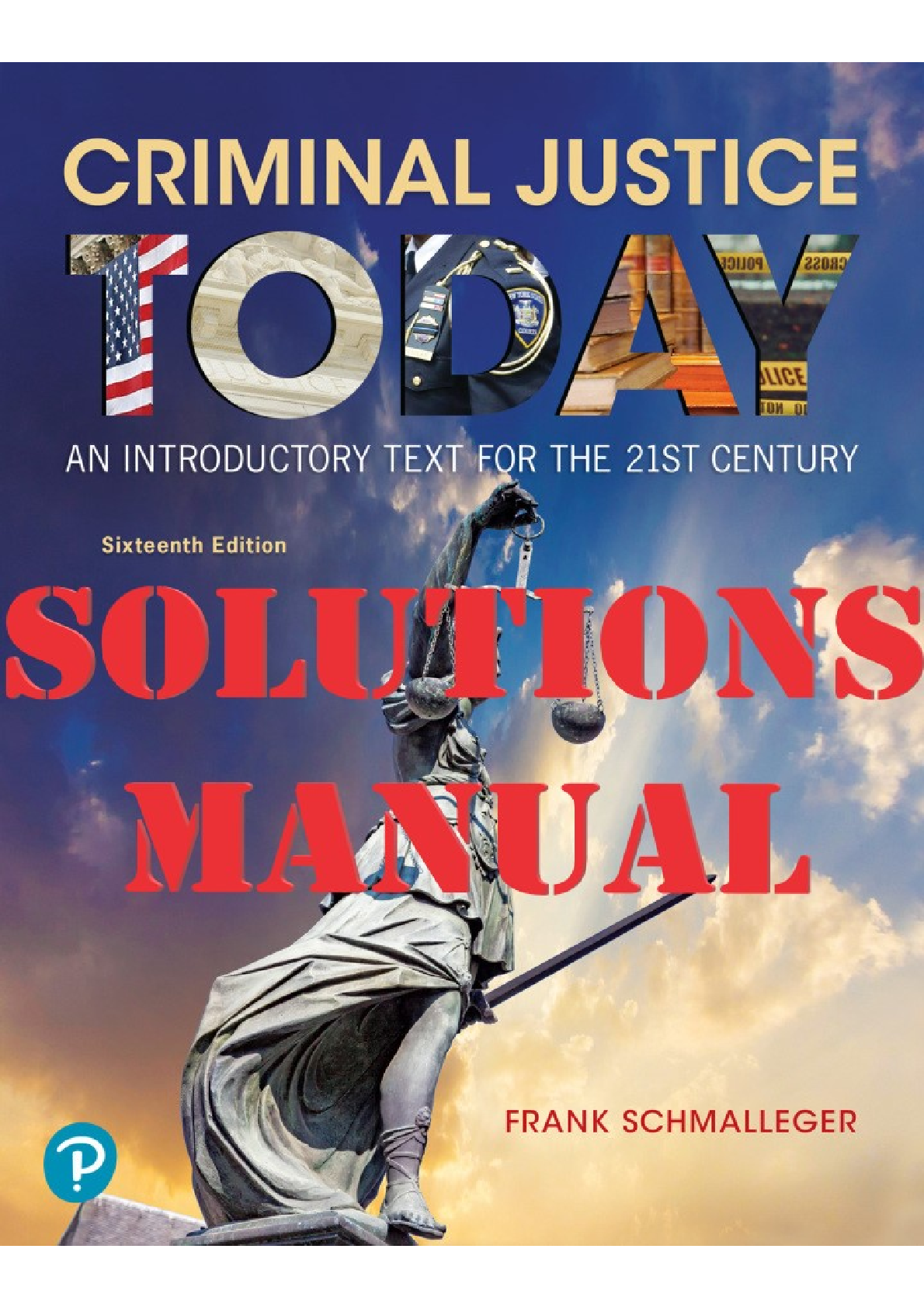
Buy this document to get the full access instantly
Instant Download Access after purchase
Buy NowInstant download
We Accept:

Reviews( 0 )
$25.00
Can't find what you want? Try our AI powered Search
Document information
Connected school, study & course
About the document
Uploaded On
Nov 24, 2024
Number of pages
201
Written in
Additional information
This document has been written for:
Uploaded
Nov 24, 2024
Downloads
0
Views
42



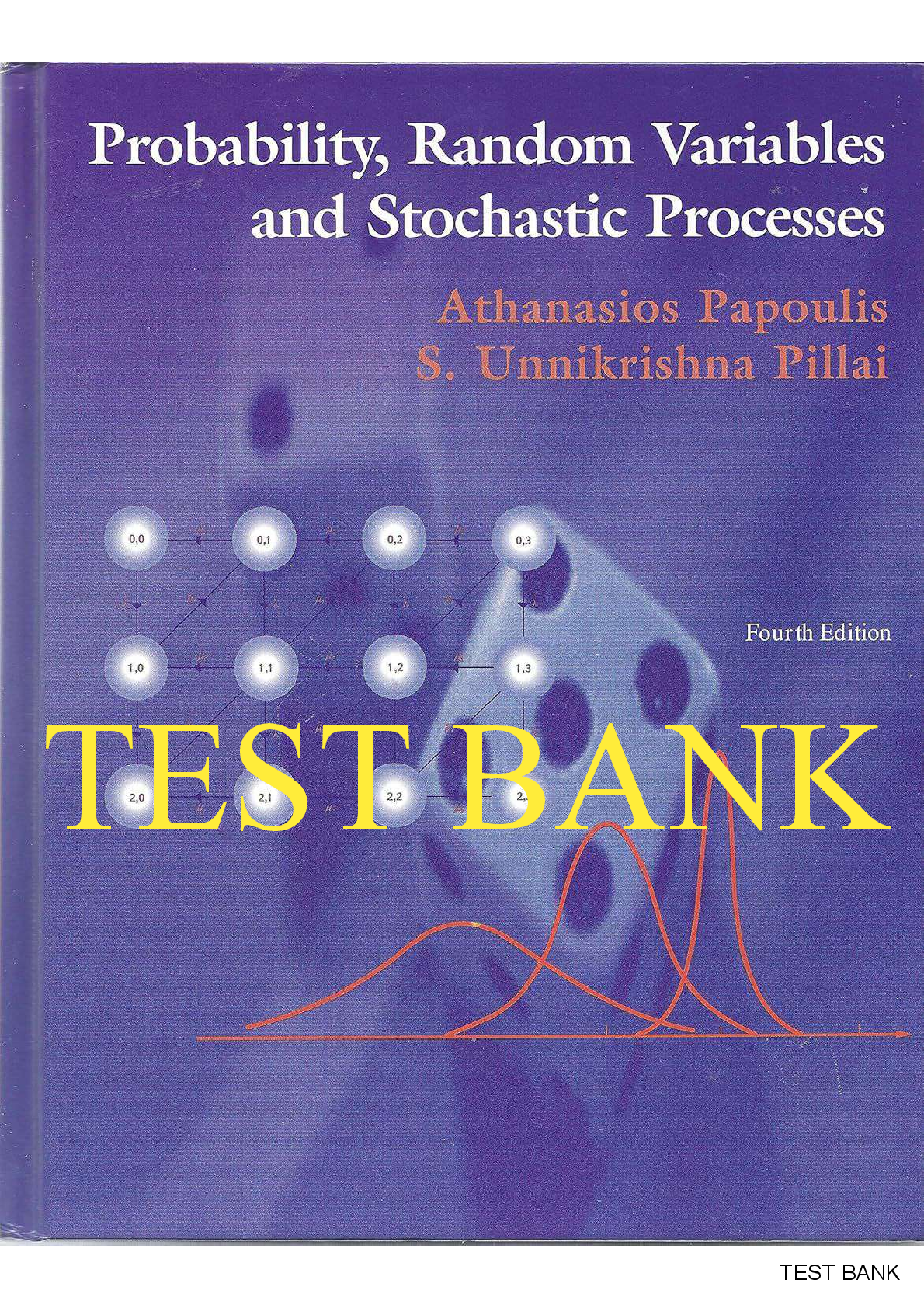
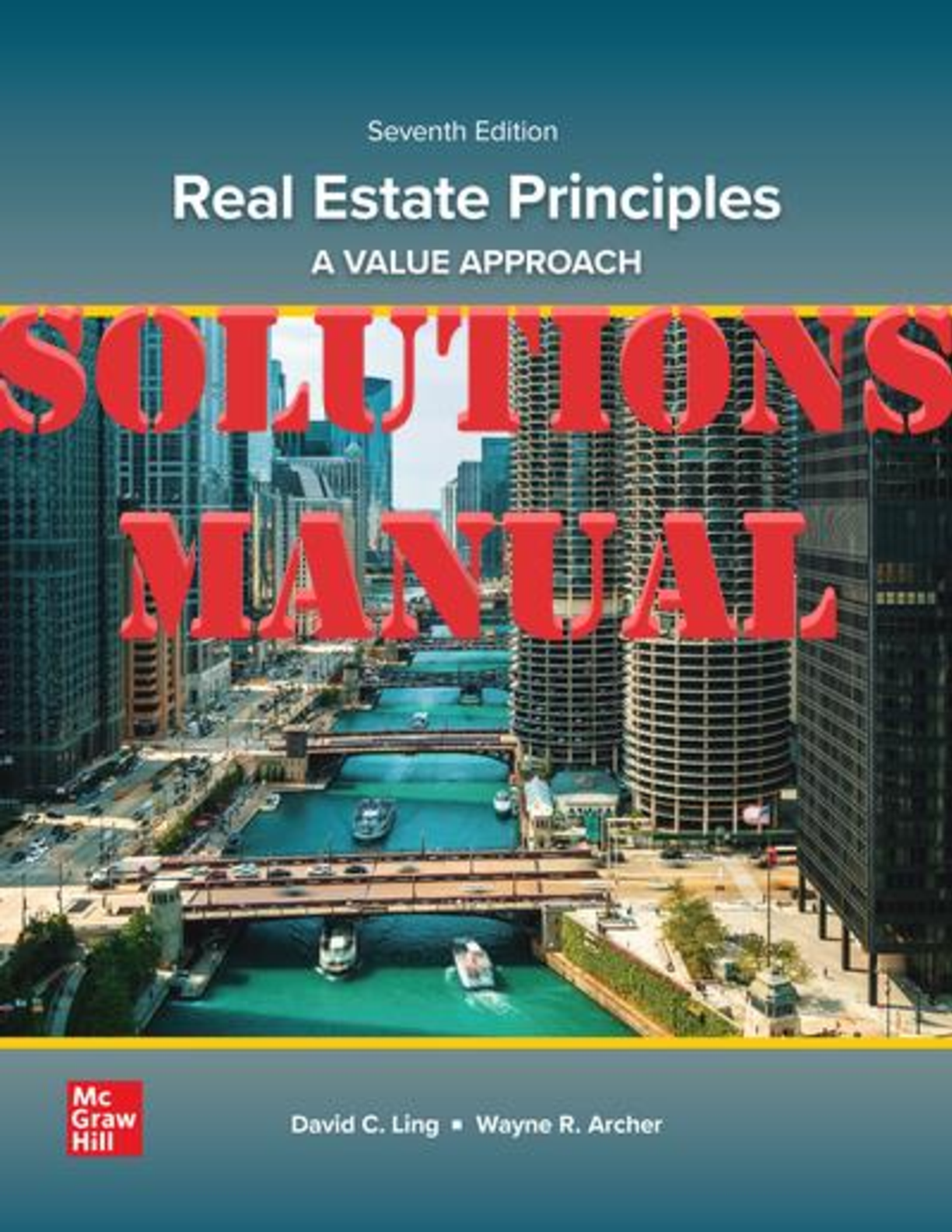
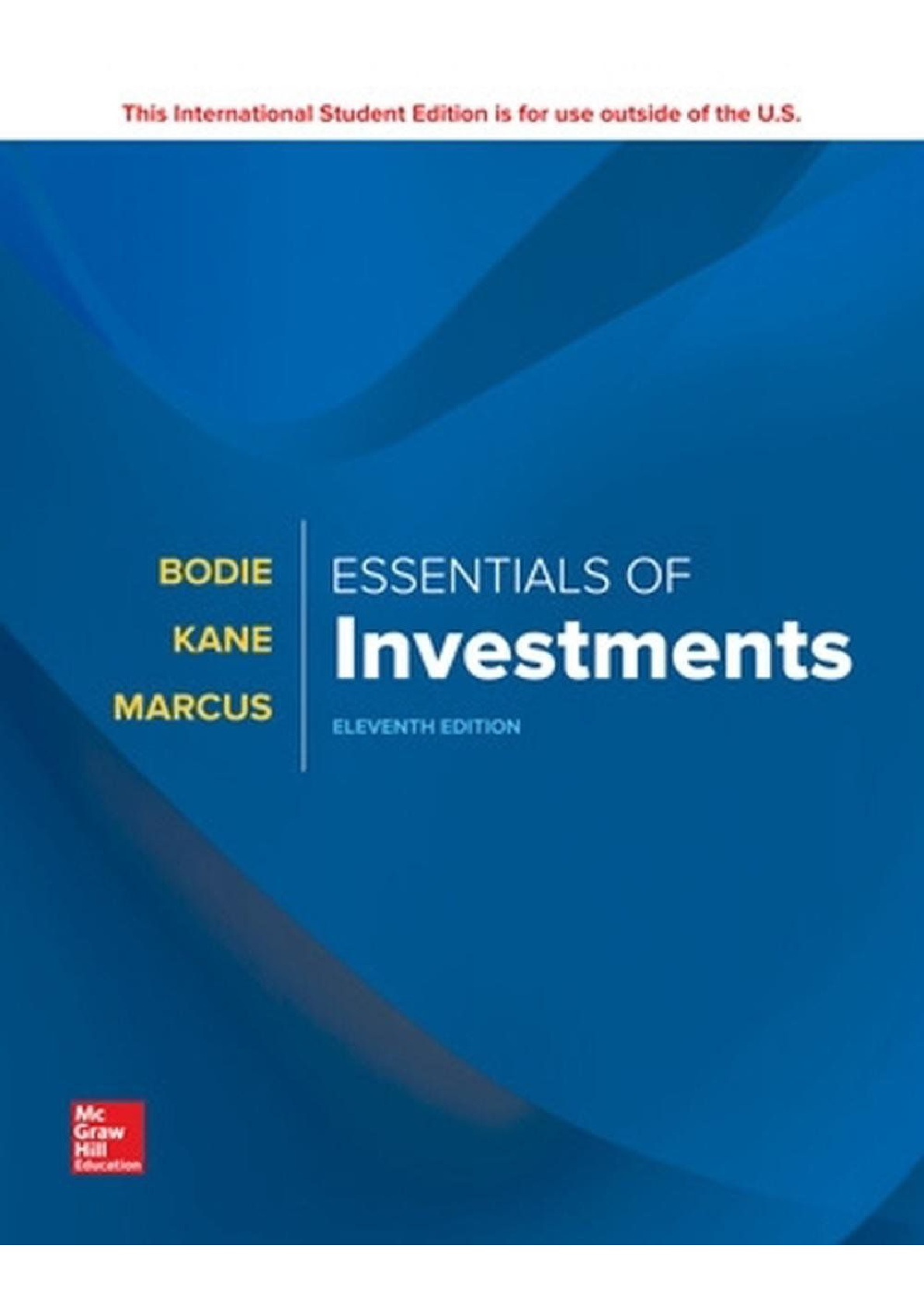
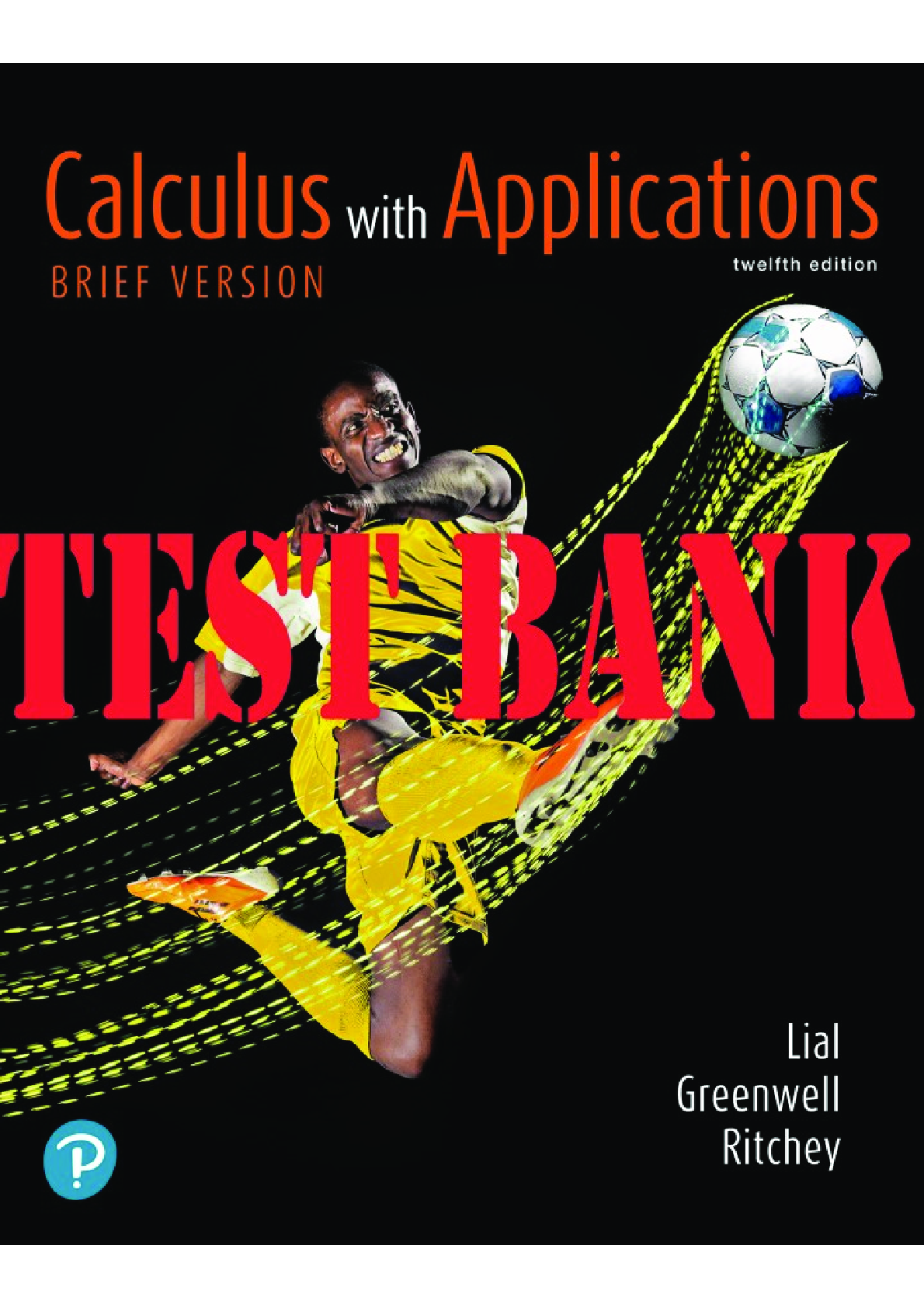
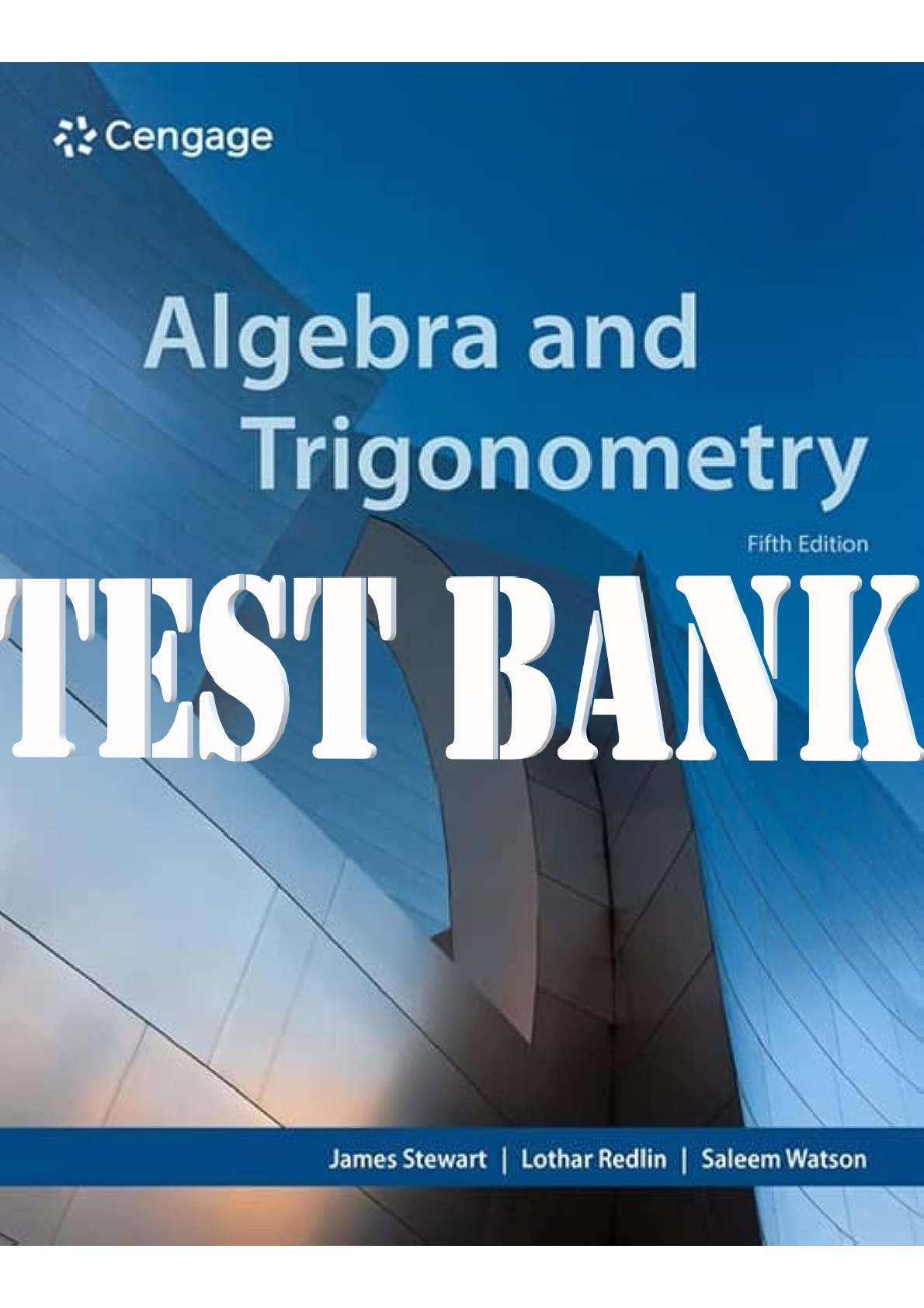
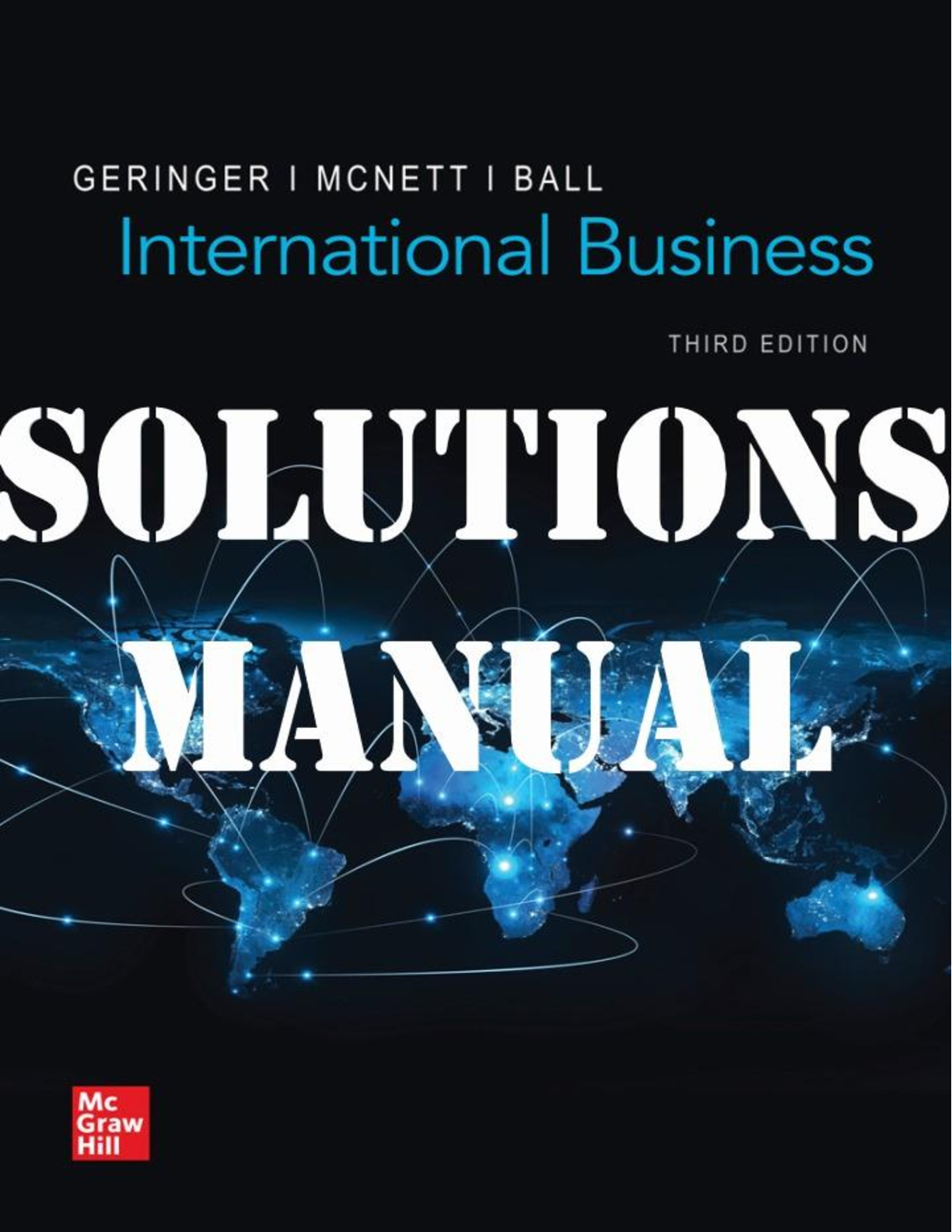
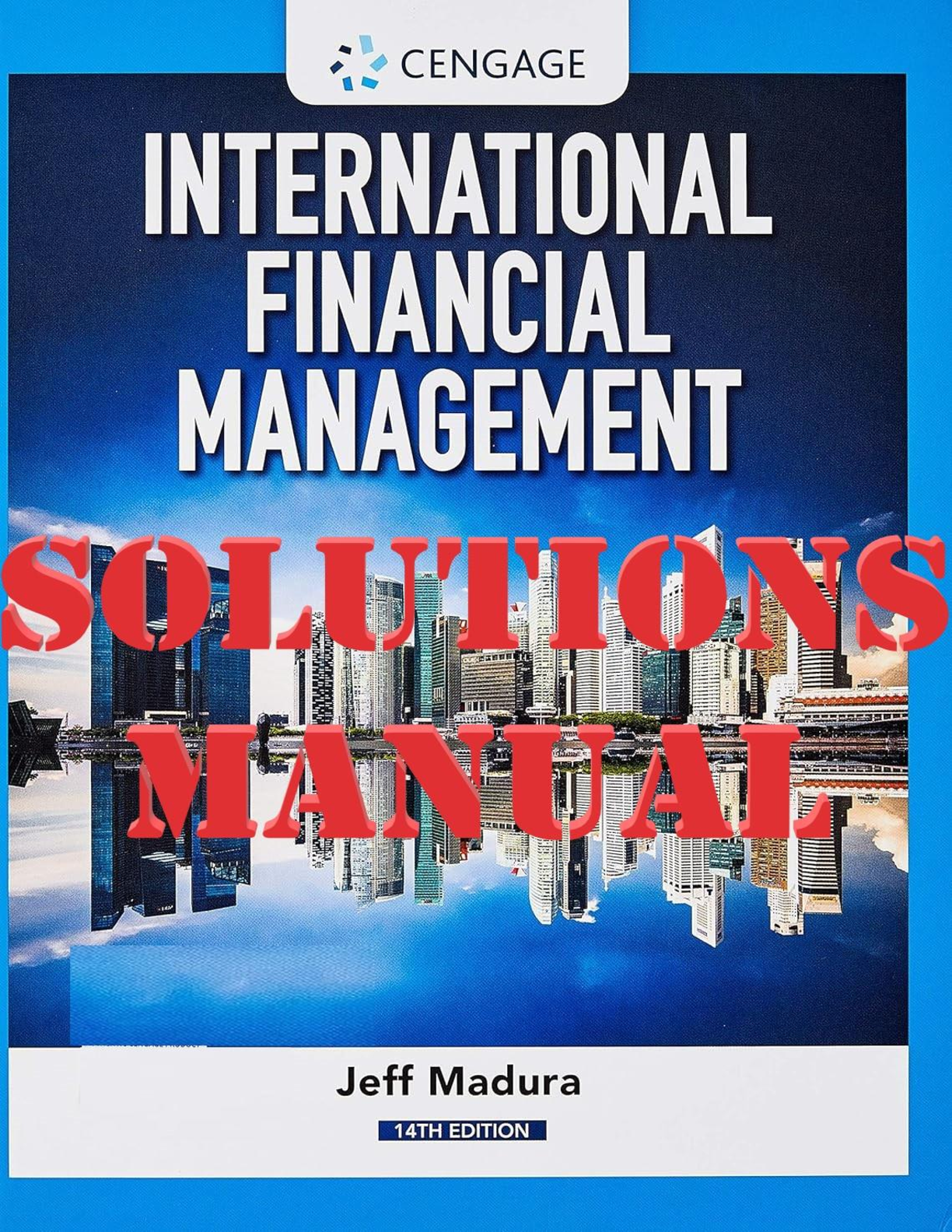
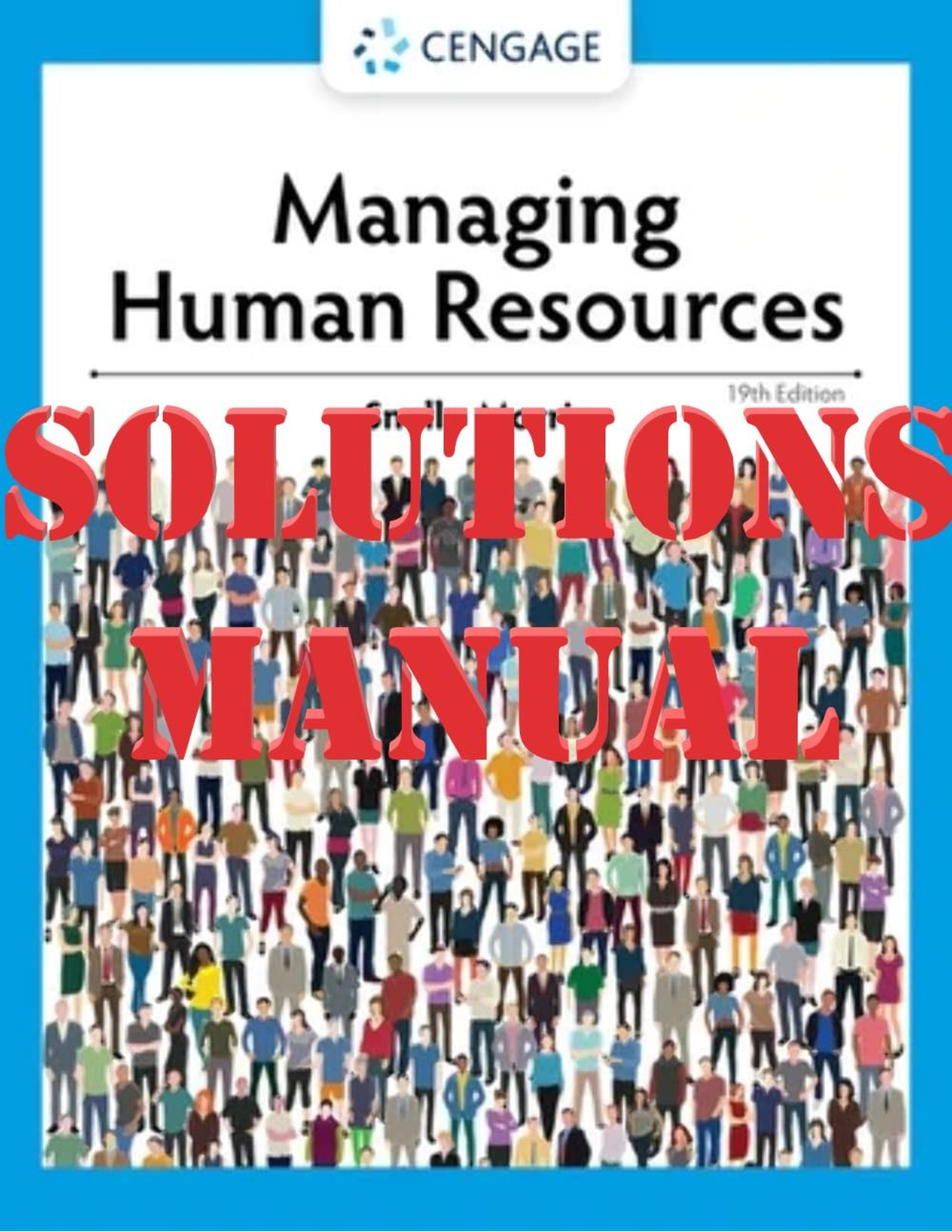

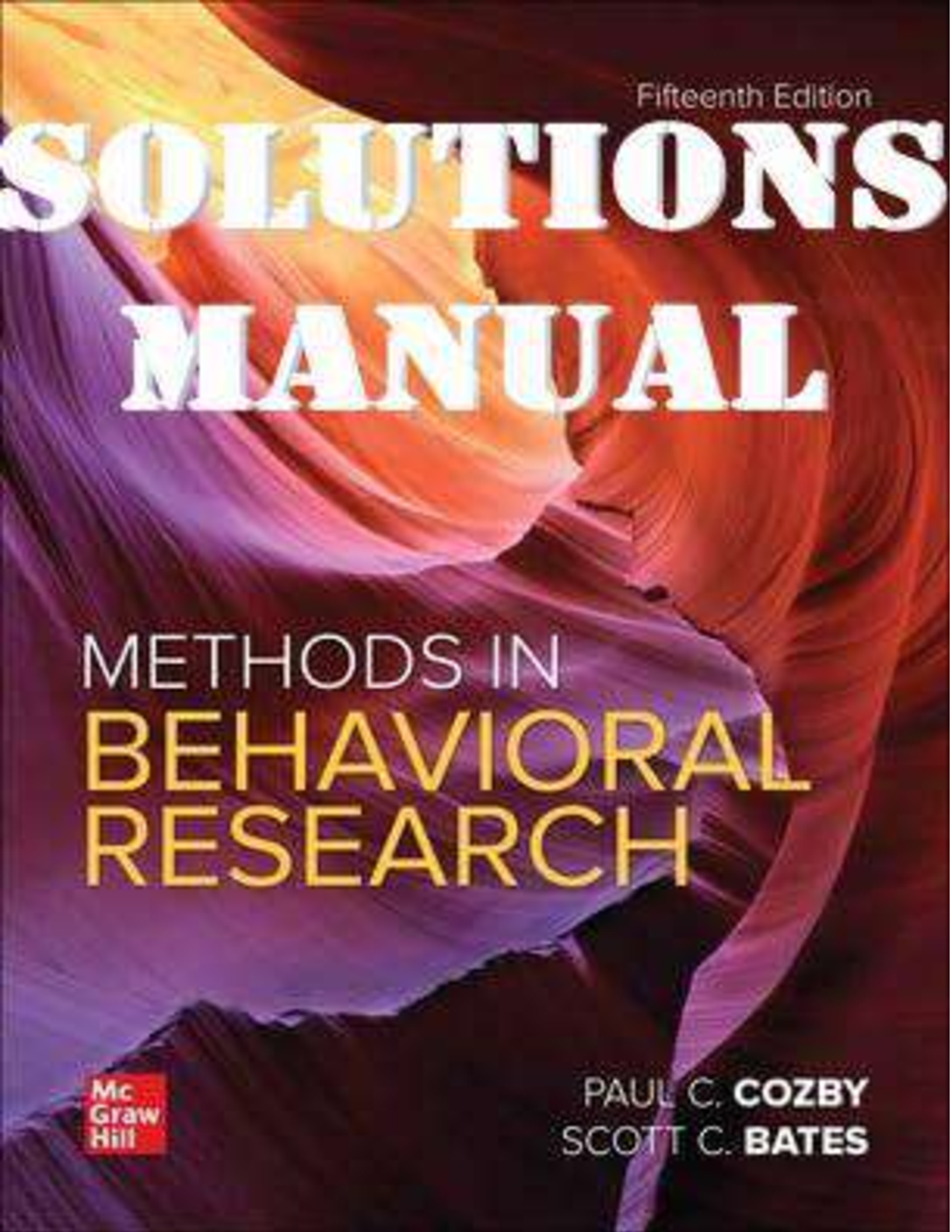
.png)
